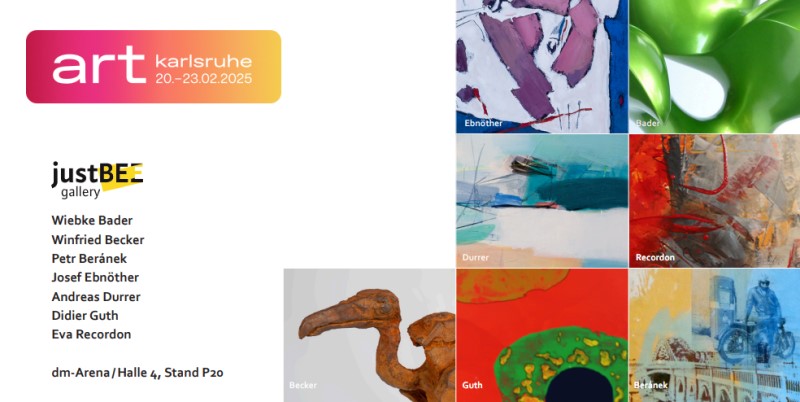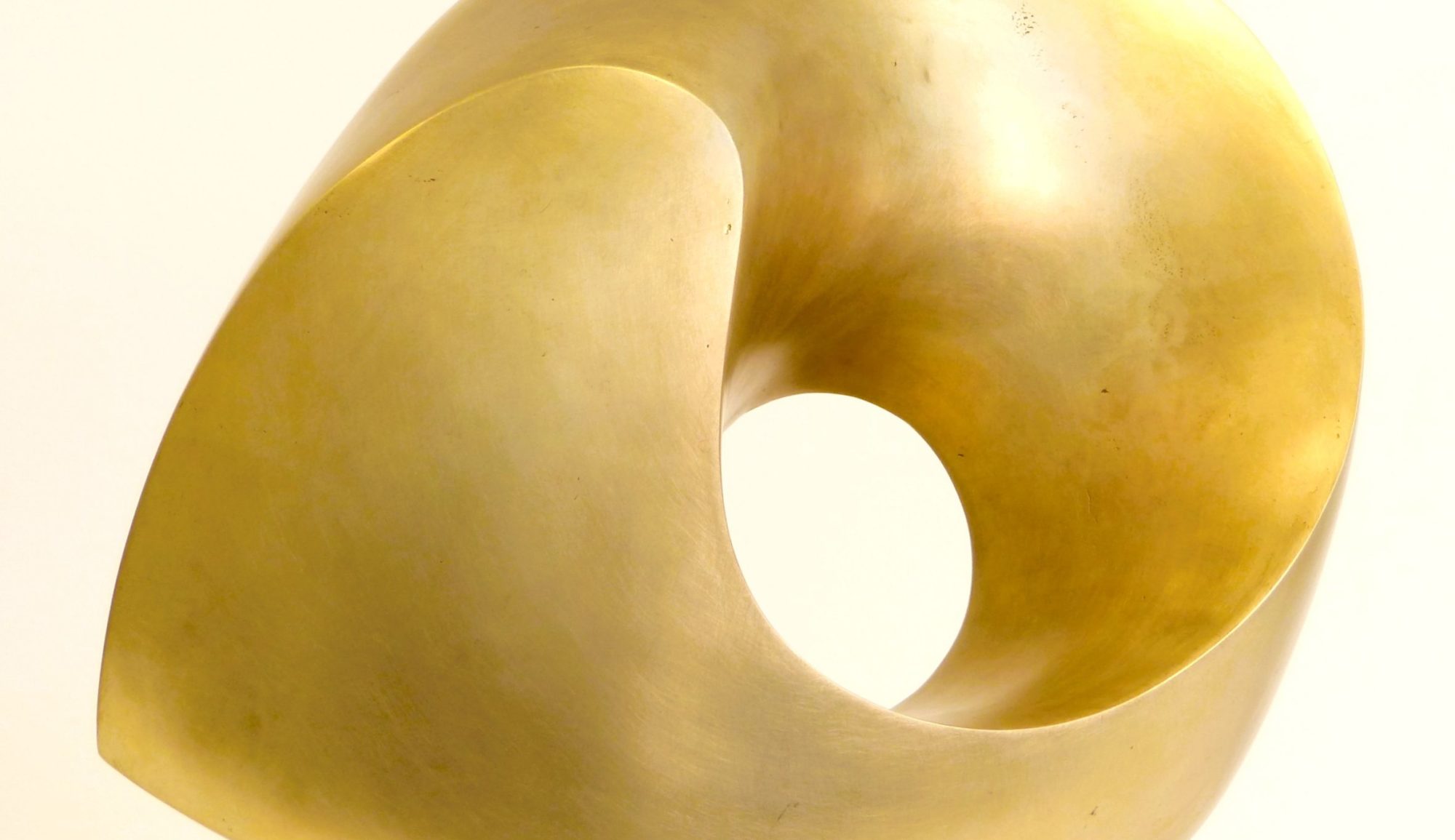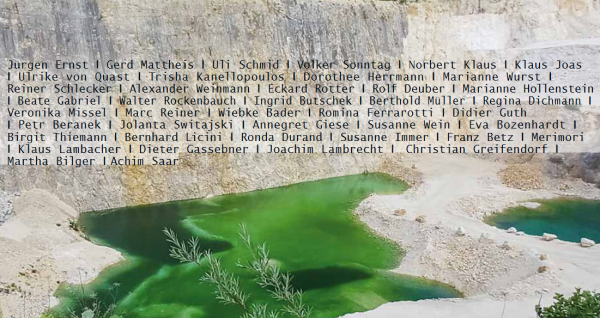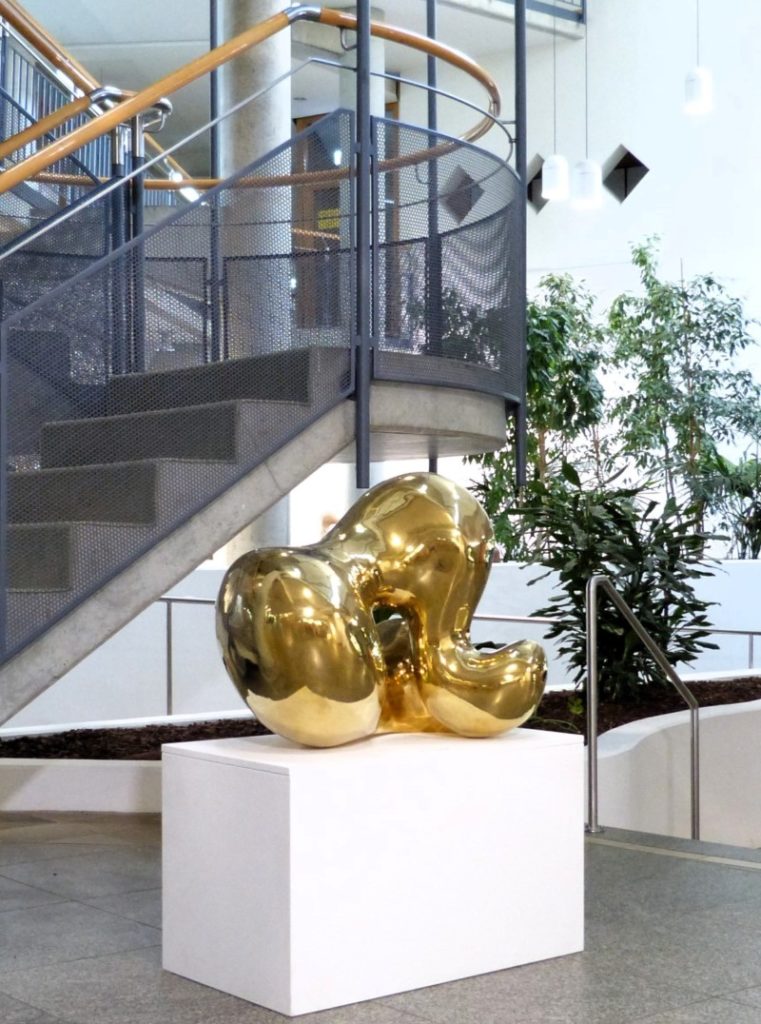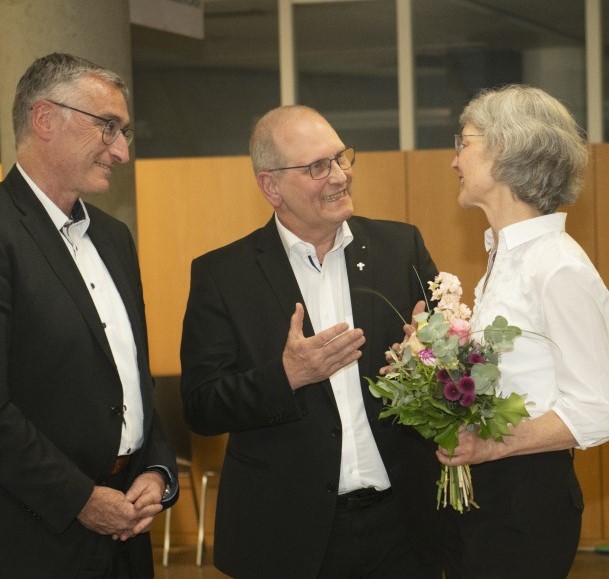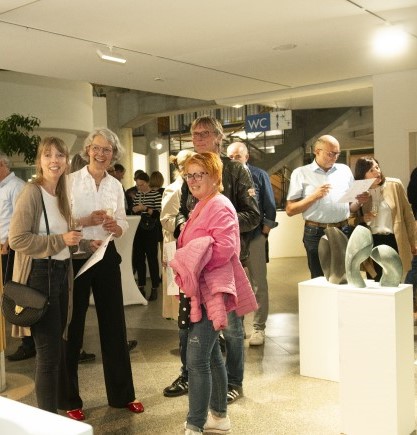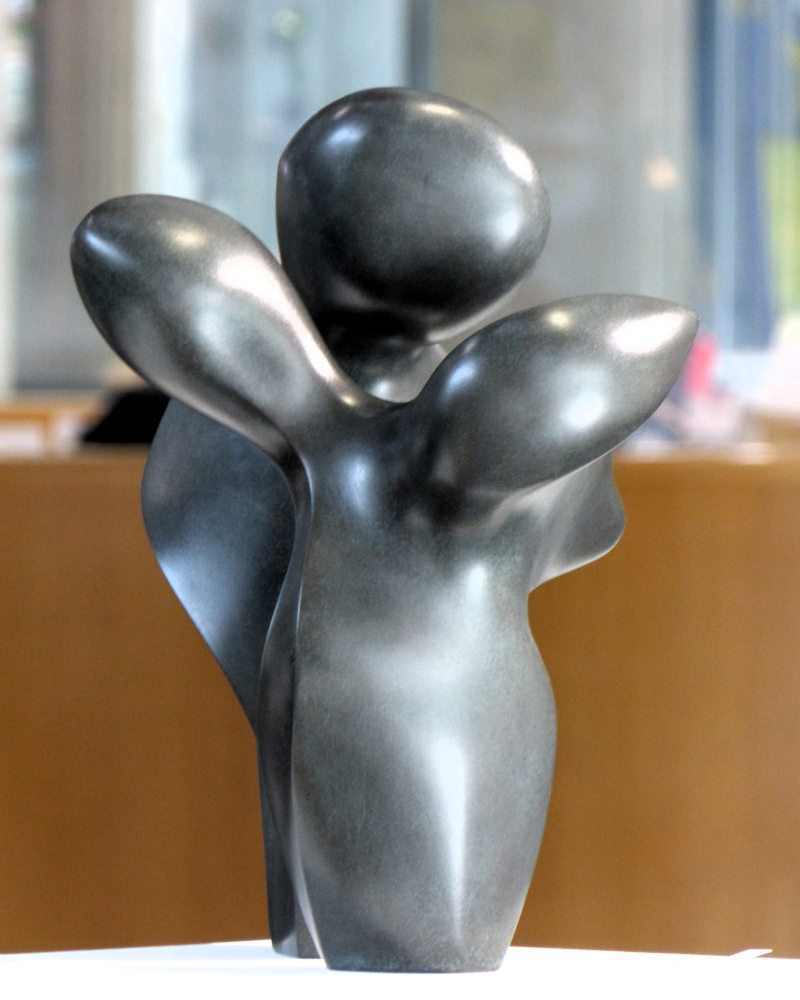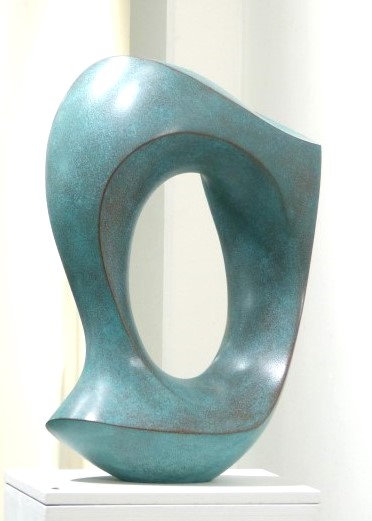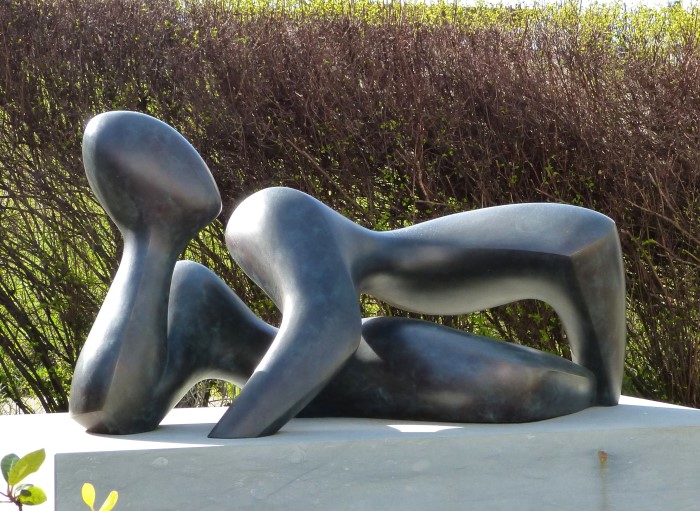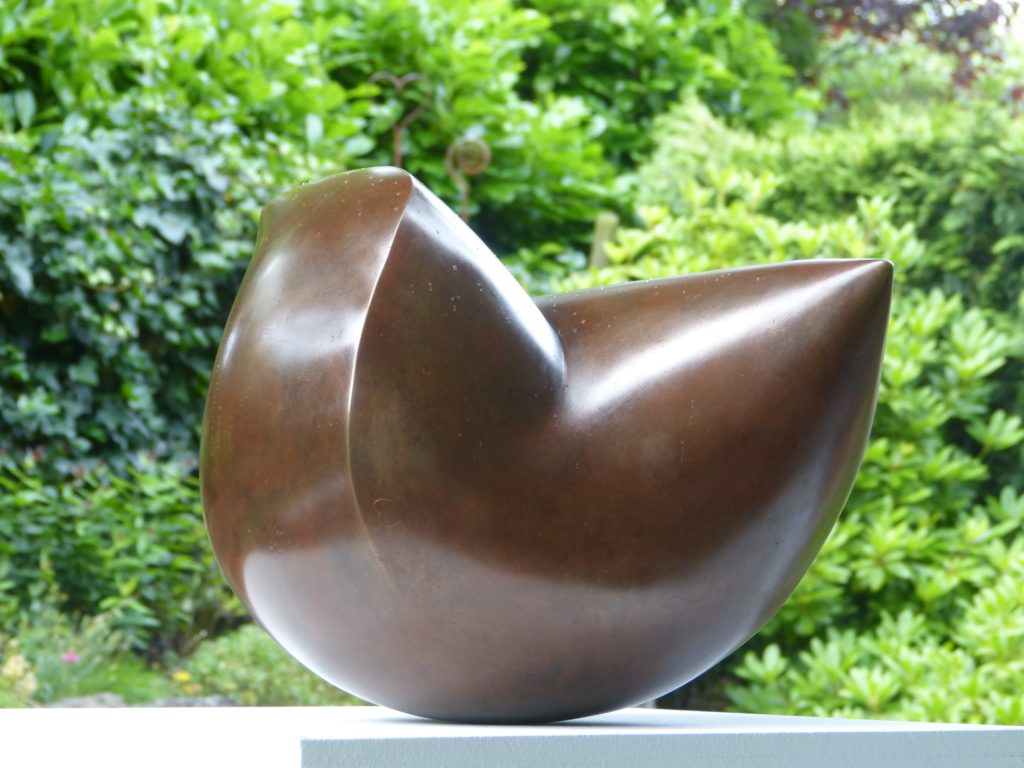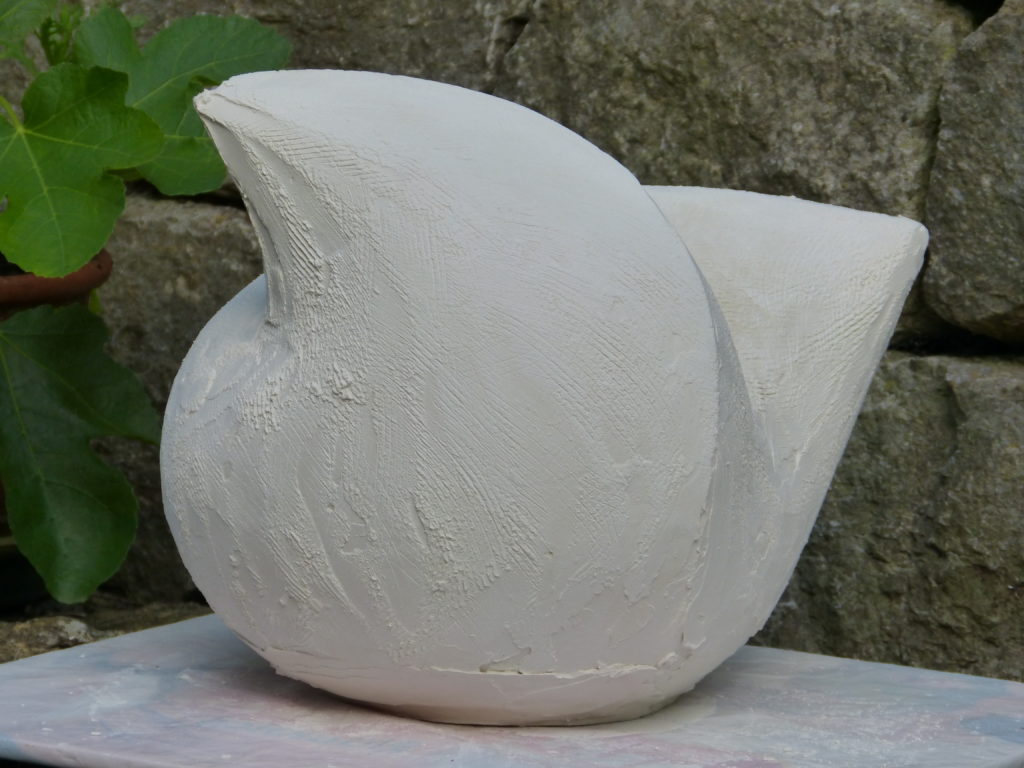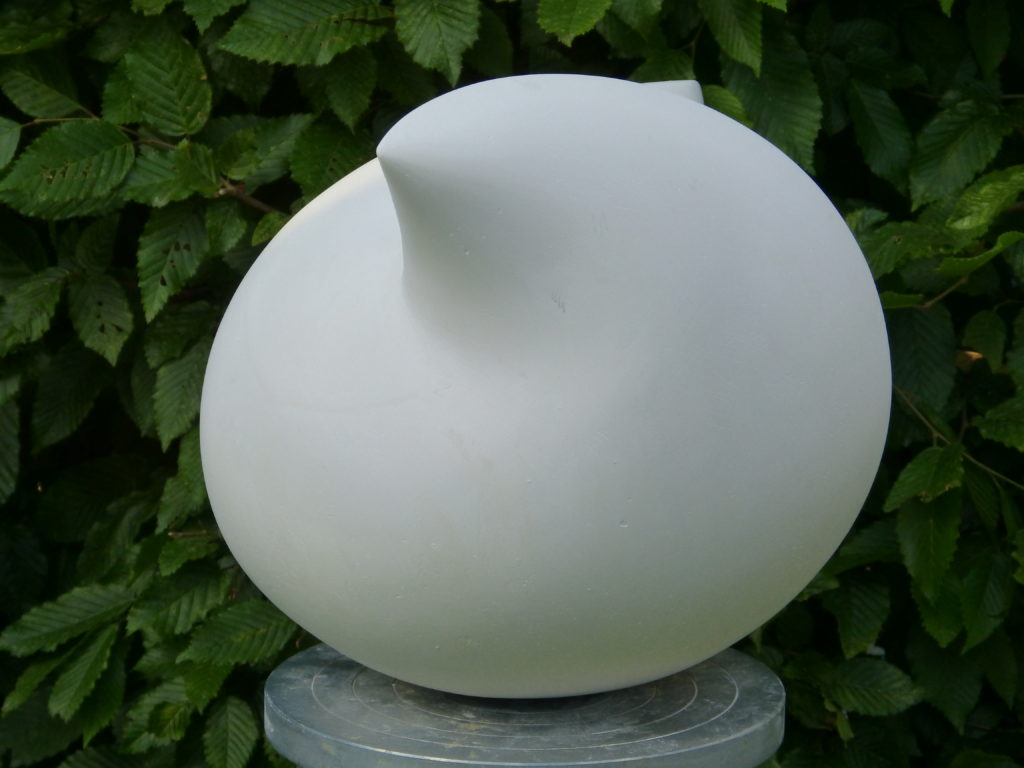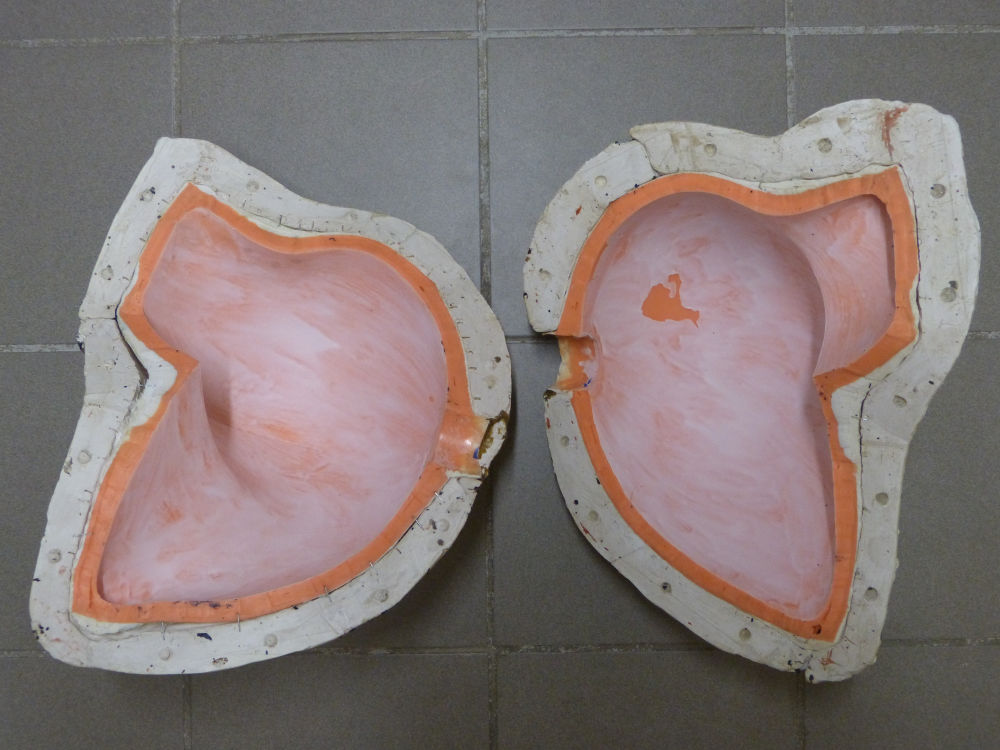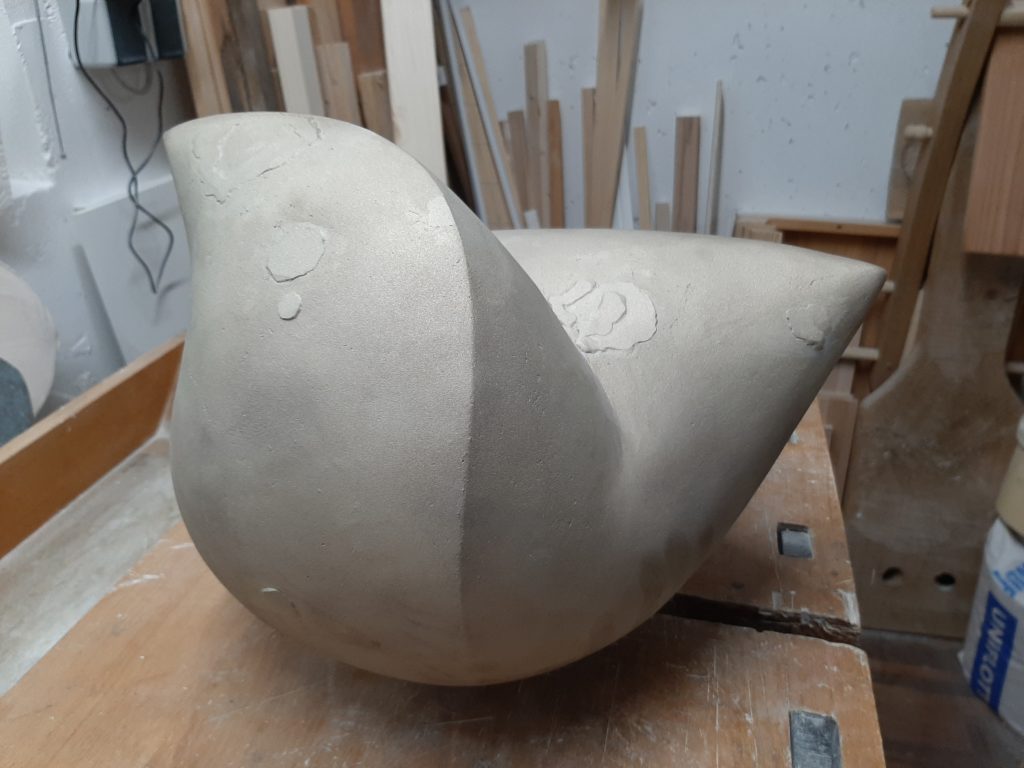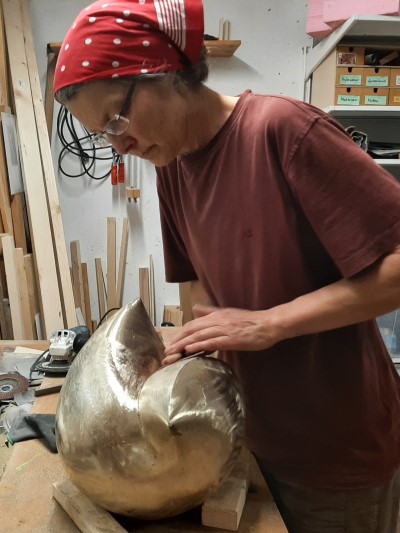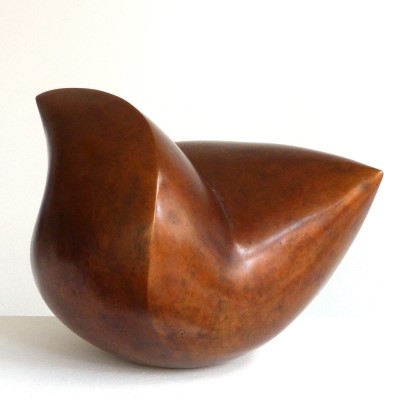Die art karlsruhe 2025 öffnet vom 20. bis 23. Februar zum 22. Mal ihre Tore. In vier Hallen zeigen 187 Galerien aus Deutschland und dem näheren und weitern Ausland das Spektrum künstlerischer Perspektiven – von der Klassischen Moderne über die Konkrete Kunst und die Pop Art bis hin zur Zeitgenössischen Kunst.

Meine abstrakten Skulpturen zeigt die Galerie justBEE auf der art karlsruhe 2025 in der Halle 4/dm-Arena am Stand P20. Zu sehen sind sowohl Bronzegüsse als auch die ganz neuen, farbig lackierten Arbeiten von mir. Es lohnt sich auch, an verschiedenen Messetagen erneut vorbeizuschauen – wir werden immer mal wieder etwas austauschen.
Seit dem vergangenen Jahr beleben die Skulpturenspots die Hallen-Umgänge und geben den Galerien die Möglichkeit, damit auf überzeugende Einzelpositionen hinzuweisen. Ich bin stolz darauf, auf einem dieser Skulpturenspots den großen Bronzeguss „Im Einklang“ zeigen zu können.
